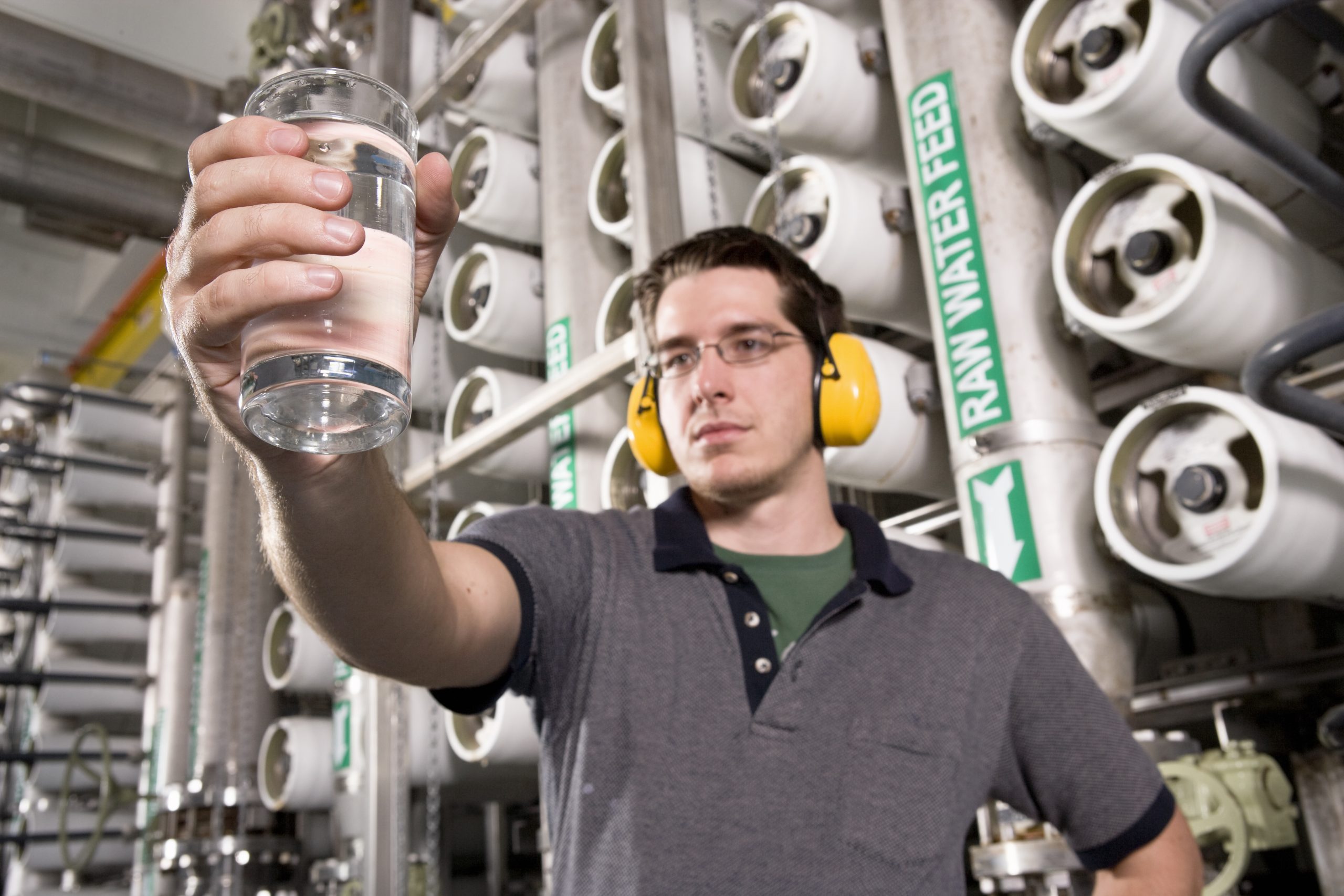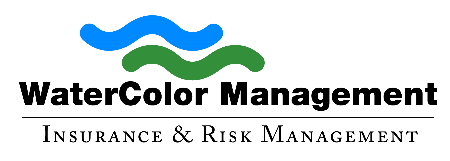
It is not always easy for processing plants to find the best green water filter system to create the perfect filtration system. Commercial water filtration is a core component of any municipal infrastructure. Although most people don’t stop considering the various methods to filter water, water processing professionals must consider each process’s environmental impact. With increased pressure to go green, many processing plants have adopted a new, more eco-conscious water filtration system.
The Best Green Water Filter System: The Methods to Take
Processing plants should consider the ecological implications of common filtration methods such as the following five.
Carbon Filters
Carbon filters are commonly used in the service and food industries thanks to their ability to eliminate pollutants such as lead. They can also filter out some microbiological contaminants and pathogens. One of the tremendous benefits is their affordability compared to other water filtration methods. Most carbon filters are long-lasting and low-priced, although there are many types of filters on the market, and they vary in price. Besides these benefits, they come from natural materials, which makes them incredibly eco-friendly.
Chloramine
Chloramine is a chemical that can eliminate microbial contamination in water. It sanitizes water in the same way that chlorine does, but it is much stronger and more expensive because of its potency. Although it is pretty effective at eliminating microorganisms, most don’t consider it an eco-friendly option because it is toxic in large quantities. There has been plenty of documentation about its danger to animals. Additionally, some sources suggest it may also be dangerous to humans.
Reverse Osmosis
Reverse osmosis leverages a solvent’s ability to move through semi-permeable membranes as it travels from levels of low concentration to levels of high concentration. Rather than facilitating this process, it utilizes pressure to achieve the opposite. The result allows the removal of debris, minerals, and metal from the water. Many industries use this water treatment method, but it’s especially prevalent in beverage processing.
Ultraviolet Rays
Ultraviolet rays have the unique ability to decontaminate water using electromagnetic energy. This energy destroys any microorganisms and pathogens in the water, sterilizing it to a microscopic level. Although this is an effective and eco-friendly way to sterilize water, it does not remove debris from the water. Therefore, professionals cannot use this in isolation. This method is effective when paired with a filtration component.
Cooling Tower
Cooling towers are an eco-friendly method that professionals sometimes use to treat water. It works by removing contaminants such as rust, algae, sand, and chemical pollutants. A cooling tower will then optimize evaporation via heat exchange and draw clean water away from residue that settles at the bottom of the tank. Large businesses that must process large quantities of water with debris contamination will often use this method. Likewise, they can separate the water from the debris by allowing it to cool and evaporate.
About Watercolor Management
Watercolor Management has insured the water industry for over 30 years. Our policies include unlimited defense cost coverage in the event of a lawsuit against you. Call us at (855) 929-0824 or email info@watercolormanagement.com for a quick quote for your Water Business Professional, Products/Completed operations, Pollution and General Liability Insurance.




